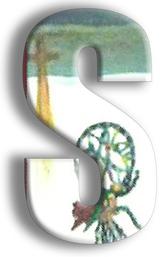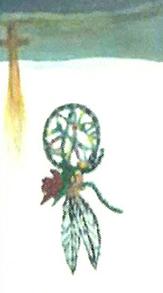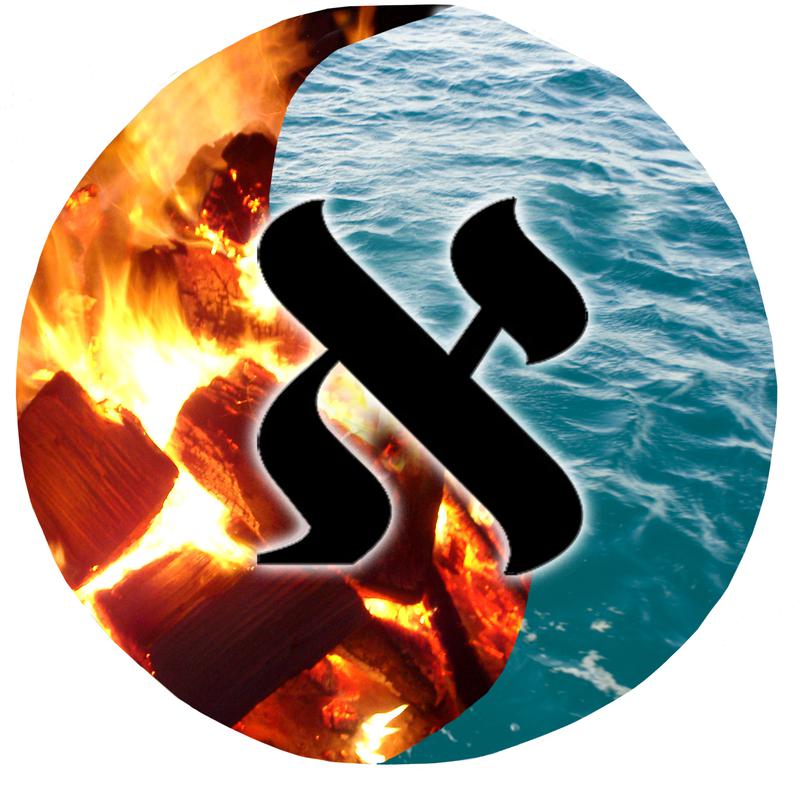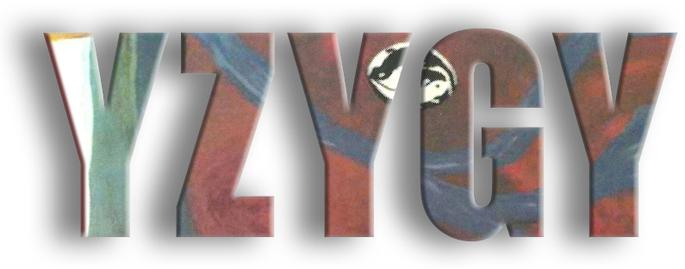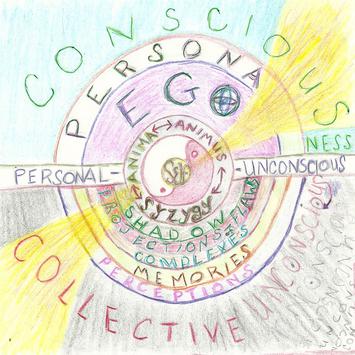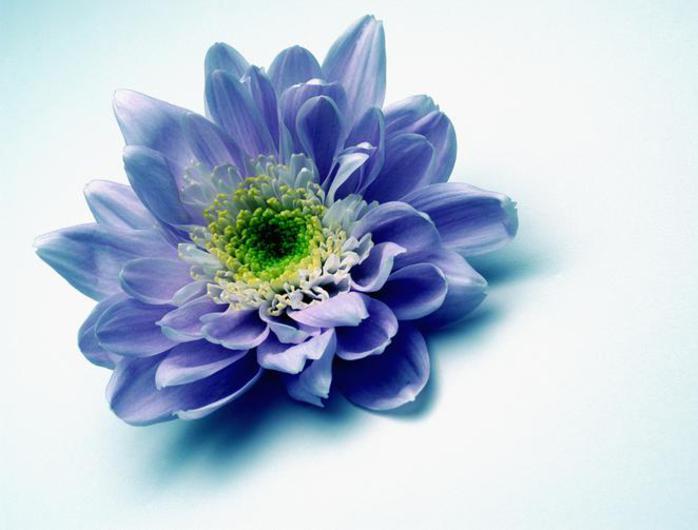MEMOIR LOGO CONCEPT: The aleph and a Sufi mystic inspired my creation and design of the syzygy logo, which I initially based on the symbolism of the yin and yang.
But the concept expanded when I first saw the aleph in Judith Cornell’s
Mandala Healing Kit, My inexplicable attraction to it led me to incorporate it into my logo before I knew what it meant.
I later read that the “Aleph (the first letter of the sacred Hebrew alphabet) embodies the primordial, divine potential of the universe. ... Aleph contains all the universe’s potential and all of its emptiness simultaneously. Aleph represents a dynamic process of movement from unity to diversity and back to unity,” Jennifer Judelsohn, Songs of Creation.
And the mystic poet Rumi inspired me to use the fire and water concept after I read The Question. Here is an excerpt:
“The presence is there in front of me. A fire on the left, a lovely stream on the right.
One group walks toward the fire, into the fire. Another toward the sweet flowing water.
No one knows which are blessed and which are not.
Whoever walks into the fire appears suddenly in the stream.
A head goes under water, and that head pokes out of the fire.”
LOGO ART: Cropped fire and water images from Free Images.
LOTUS LOGO: In spiritual and religious literature, “the lotus is a symbol for the macrocosm and the microcosm, the universe and man. The lotus represents the divinity of the cosmos as well as the divinity of man.
The lotus is the center of the infinite, omnipresent consciousness which connects with the consciousness of the universe. Through the intuition, one of man’s divine gifts, the spiritual student can see the infinite, omnipresent consciousness as the lotus flower within himself.”
LOTUS ART: Courtesy
Homestead, my website service provider. (Temporary art while I design of my own lotus logo.)
TO DOWNLOAD FREE SAMPLE CHAPTER OF SYZYGY:
THE MEMOIR
TO BUY MEMOIR
(Thru Amazon)
THE MEMOIR
CROSSING THE BRIDGE TO SELF
THE WEBSITE
THE MEMOIR
NEW!
Jung agrees with Freud that our unconscious can contain repressed sexual instincts and drives but, taking a broader approach, Jung theorized that the repressed matter in our unconscious may also contain fears and phobias stemming from traumatic experiences, characteristics of ourselves that we dislike, memories we find difficult to cope with, aspirations that others may have ridiculed or even forbidden, and so much more.
Jung said that this repressed material, which he called the contents of the Shadow, may result in various neuroses, or a sickness of the soul, which could be healed if the repressed matter in our psyches can be brought to consciousness and integrated with our egos—that is, adapted to, not repressed or discarded of—a process he termed “individuation.”
Of course, our egos repressed that matter for a reason, so it will require great effort on a conscious level to convince ego, lovingly but firmly, that bringing repressed matter to consciousness is the first step in the healing process. Only then can we begin to integrate with our egos those “undesirable” aspects of ourselves, honor them—for better or for worse—as we strive for that universal feeling of wholeness.
Jung believed that human suffering in general stems from the individual’s fragmented psyche. And since we are all one—as he suggests in his theory of the collective unconscious—the healing of a psyche on an individual level will ultimately contribute to mending the psyche of the world, thus, heal within, heal the world.
To understand how healing on an individual level contributes to healing on a collective level, we may find it helpful to understand Jung’s theory on the structure of the psyche. Unlike Freud’s structural model of the psyche—we’ve all heard of the id, the ego, and the superego—Jung’s theoretical structure of the psyche comprises consciousness, the personal unconscious, and the collective unconscious.
Jung’s Structure of the Psyche
Jung’s model of the psyche, what he called the Self, comprises consciousness (the ego and the persona); the personal unconscious (the shadow, projections, complexes, memories, and perceptions); and the collective unconscious (or archetypes).
Consciousness is the “I” in our minds, that which we are cognizant of, or our self-image, that is, who we think we are, but which is actually an illusion, which our unconscious devised to make perception possible. We might think of consciousness as the psyche’s window to the world. Consciousness comprises the ego and the persona.
- Ego: Our feelings, thoughts, memories, and perceptions.
- Persona: Our masks, which simultaneously strive to influence others’ opinions of us while also hiding from others our true inner selves.
The Personal Unconscious is that aspect of our psyches that we are unaware of, yet expresses itself through our behavior, emotions, and attitudes, as well as through our dreams. These unconscious aspects include the shadow, projections, complexes, memories, and perceptions.
- The Shadow: Repressed feelings, thoughts, memories, and experiences: “All we deny, fear, or hate in ourselves collects in the shadow” [1]. Identifying the matter in our shadows is the first step in healing. Jung said, “Knowing your own darkness is the best method for dealing with the darknesses of other people.”
- Projections: The unconscious repression and then casting of undesirable characteristics onto others. If you find yourself emotionally charged over an apparent flaw in someone else, chances are, if you look honestly at yourself, you will see that the other person is merely reflecting your own flaw.
- Complexes: Interrelated clusters of repressed feelings, thoughts, memories, and experiences that we might have found too difficult to cope with or aspects of ourselves that we dislike. To detect these complexes, Jung developed a word association test, in which he read 100 random words while his patients were connected to a device he called a ‘galvanometer,’ which measured his patients’ response time and level of agitation to each word. For example, if a patient were to have a delayed or agitated response to the 18th word “sick,” then the 50th word “unjust,” and then the 55th word, “child”—it may indicate that the patient unconsciously resents his sick child, a feeling that the patient probably would not want to admit—even to himself, much less to his doctor.
- Memories: Everything we know but are not thinking about at the moment, and everything we once knew but have now forgotten.
- Perceptions: Everything our senses have ever perceived but that have slipped by our consciousness without notice.
The Collective Unconscious contains the entire history and potential of the human race and, with it, innate universal themes that can be traced back to the experiences of primitive man. The structure of these patterns
Structure of psyche universal, but contents unique
This diagram is my first attempt to draw my understanding of the structure of the psyche, showing consciousness (ego and persona), the personal unconscious (the shadow, projections, complexes, memories, and perceptions), and the collective unconscious (the archetypes, central to our being yet unconscious).
“Whether the symbol of the circle appears in primitive sun worship or modern religion, in myths or dreams, in the mandalas drawn by Tibetan monks, in the ground plans of cities, or in the spherical concepts of early astronomers, it always points to the single most vital aspect of life–its ultimate wholeness.”
—such as the lesser archetypes of the Trickster or the Witch or the major archetypes such as the Self or the Syzygy—takes the same form everywhere and in all individuals: It “constitutes a common psychic substrate of a supra-personal nature which is present in every one of us” [2].
In his expeditions through India, China, Japan, and Africa, Jung “found dreams that belonged to the whole of mankind. In Elgon in Africa, he found that their witch doctor drew the same distinction between personal and collective dreams that he did” [3].
Archetypes are invisible little patterns embedded in the psyche of the human race as a whole, inherent at birth, such as the Warrior, the Trickster, the Teacher, the Victim, the Queen, the Witch, the Addict, the Martyr, and the Prostitute, to name a few, which when repressed or ignored can become our demons, but if they are brought into consciousness and integrated with the ego, they can enrich our lives.
To Jung, “The concept of the archetype ... is derived from the repeated observation that, for instance, the myths and fairytales of world literature contain definite motifs which crop up everywhere” [4]. Jung emphasized that the archetype is determined by form, not content. Like a connect-the-dots outline in a child’s coloring book, “the form of an archetype is universal, [but] the specific content is individual, is filled in from personal experience, and cannot be predicted from knowledge of the form alone” [5].
The Self is the central archetype as well as the archetype that contains all other archetypes. Whereas the ego is the center of consciousness, the Self is at once the center of the totality of the personality and the circumference of the entire psyche.
- The “syzygy,” a word coined by Jung to represent the divine inner marriage of the masculine [dynamic] and feminine [magnetic] aspects of your psyche, like the Yin and Yang or the Shiva and Shakti, like two halves of totality represented by the royal brother-sister pair—or the tension of opposites— from which the divine child is born [6]. These energies are opposite yet complementary and cannot survive without the other, which is symbolized in the “fish” eyes of say a black yin and white yang symbol: The black feminine [magnetic] fish with its white eye, and the white masculine [dynamic] fish with its black eye. To be totally black would be pure evil. And to be totally white would be pure perfection.
- The Anima [feminine energy in the male psyche], or Yin, is characterized as “slow, soft, yielding, diffuse, cold, wet, and passive and is associated with water, earth, the moon, femininity and nighttime” [7].
- The Animus [masculine energy in the female psyche], or Yang, by contrast, is “fast, hard, solid, focused, hot, dry, and aggressive; and is associated with fire, sky, the sun, masculinity, and daytime” [8].
The yin-yang symbol represents a balance of these two energies. The animus-anima energy of the syzygy can be thought of in a similar way. Just as male and female hormones are present in both males and female, the female psyche contains a small amount of animus, or masculine energy, and the male psyche contains a small amount of anima, or feminine energy.
Perhaps the Greek myth that humans were originally created with four arms, four legs, and a head with two faces has some merit. Fearing the power of humans, Zeus split them into two separate parts and condemned them to spend their lives in search of their other halves, which would be an endless search if it were not for the process of individuation.
Although I continue to refer to the process of individuation, I am realizing that there are probably countless different processes of individuation. I am also learning that it is not a direct path. It’s a spiral around the Self. It is the yellow brick road. Throughout your journey, you may seek guidance using any number of techniques and tools in any combination that appeals to you on any given day, as this is your one-of-a-kind crossing of the bridge to Self, but with a universal benefit: Heal Within, Heal the World. ♂ ♀
SOURCES
[4] “Civilization in Transition,” Collected Works §10, ¶ 847.
[6] Violet E. de Laszlo, Ed., Psyche and Symbol.
[7] Charles E. Osgood, in a paper titled “From Yang and Yin to And Or But.”
[8] Ibid.
Aniela Jaffé, from Jung’s Man and His Symbols
©1955–2019 Syzygy: Crossing the Bridge to Self. All Rights Reserved.
Images and descriptions of Jung’s structure of the psyche are plentiful on the Internet. But in my effort to improve my understanding of this complicated configuration, I have broken down what I perceive as the primary components of Jung’s structure of the psyche and described them in a way that makes sense for me, and I also drew a corresponding diagram as a visual aid. (The following reflects only my perception of Jung’s theoretical structure of the psyche at this stage in my development, and it will likely change and grow in complexity as my understanding improves.)
